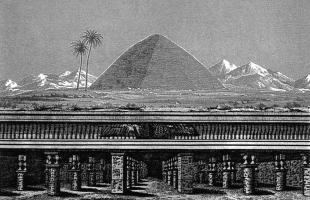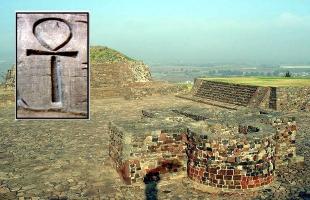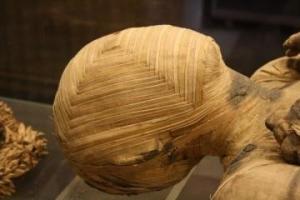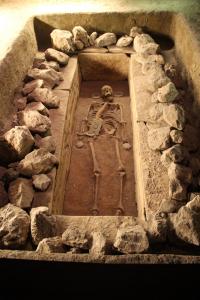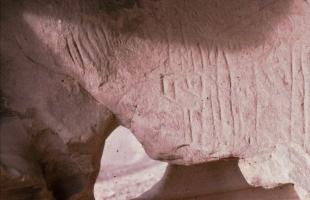Reflections on Egyptian obelisks
Hints on how obelisks were built in ancient Egypt.
Almost all Egyptian obelisks came from the granite quarries of Aswan. Here, they were outlined horizontally in the rock and dug dimples along the body of the future obelisk to the desired depth. Water was poured into these holes, which, freezing with the cold of the night and expanding, caused the stone to detach from the rocky body of the quarry. This, at least, is the official explanation of the technology adopted, which, however, in my opinion, is not entirely clear and comprehensive. An incomplete obelisk is still visible at Aswan, still attached to the bedrock, which cracked during the quarrying work and was therefore abandoned on site.
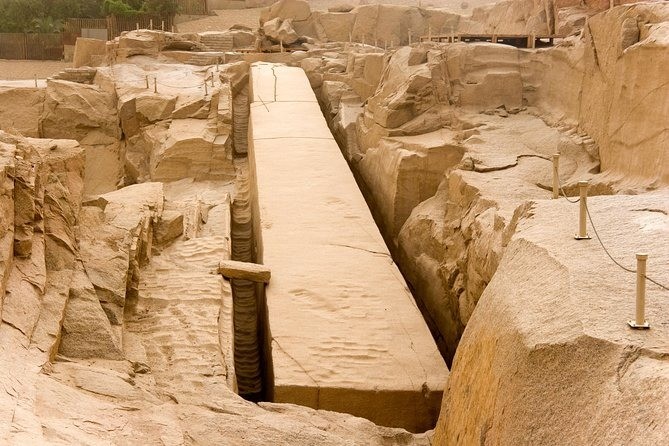
Still, it is amazing how technically skilled were the ancient Egyptians at making monoliths, tens of meters long and with a very small base, with an absolutely perfect center of gravity that ensured their vertical stability.
The stone blocks, once extracted, were then finished, polished, engraved with dedication hieroglyphics and the name of the ruler who had it made and covered, on the cusp, with an alloy of gold and silver, which would make it glow in the sun. Transported thought the water of the Nile and by rolling them on logs on the ground, they were then embarked on barges and taken to the place intended for their not-so-easy erection by means of ropes.
On obelisks there are some amusing anecdotes: at Karnak, the one of Hatshepsut is better preserved than the one of Tuthmosis IV. The latter, in fact, wanted to erase any reference to this Pharaoh-queen who, in practice, had usurped his throne for many years. However, because of its religious meanings, the obelisk could not be touched. So, to overcome the problem and remove it from view, he had it caged by a wall, and this, contrary to his intentions, had the effect of perfectly preserving the obelisk over time!
Then, at the time of the construction of the Suez Canal, Napoleon III negotiated an exchange with the then Caliph: one of the two obelisks that stood in front of the temple of Luxor against a large clock (great marvel of technology for the Arab world! Consider that in Turkey, until Ataturk in the 1930s, only the Sultan had clocks!), to be placed in a tower in the courtyard in front of the citadel mosque in Cairo. The deal was done, the Egyptian obelisk is now in Paris in Place de la Concorde and the clock was installed in Cairo: unfortunately, they never got it to work!













